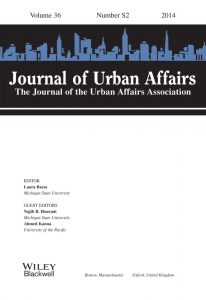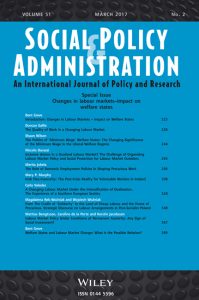Iran's Purchase Power

by christinablunt
Iran will elect its next president on June 12 and while the rest of the world may be watching to see how the result might impact human rights within Iran as well as Iran’s aggressive foreign policy and nuclear program, Iranians, like most other global citizens, have the economy on the top of their agenda. A great debate has ensnared the candidates, including current president, Mahmoud Ahmadinejad. Though the dispute continues, the divisions are clear; Ahmadinejad and his supporters maintain that Iran is weathering the global economic crisis beautifully while all three of his opponents insist that inflation and unemployment are hurtling out of control. Despite the accusation that President Ahmadinejad is quite simply lying, the discrepancies appear to stem predominantly from creative statistical interpretation.
Regardless of the numerical truth, whatever it may be (IMF interpretations tend to lean closer to Ahmadinejad’s detractors), one thing remains certain- in a neo-liberal age that emphasizes the separation between state and market, it will be economics and politics on the mind of many voters. In “Markets and States,” Colin Crouch explains that the state and market are uniquely distinguishable social institutions due to the clarity of their abstract ends- power and wealth, respectively. However, this distinction has, historically, been unable to preclude them from, at best, a tenuous entanglement. The precise goal of each lead to a natural separation in their disciplines- economics and political science- but Crouch points to the residual effect as the domain of sociology. It is the relation of social actors toward the market that will dictate how they will participate in the election.
![]() Read the article in the New York Times
Read the article in the New York Times


















So, Ahmedinejad (or his detractors) need enough people living what they argue is the current economic situation. How interesting! This is actually very democratic–as Aristotle identifies it–the tyranny of the masses.
Keri